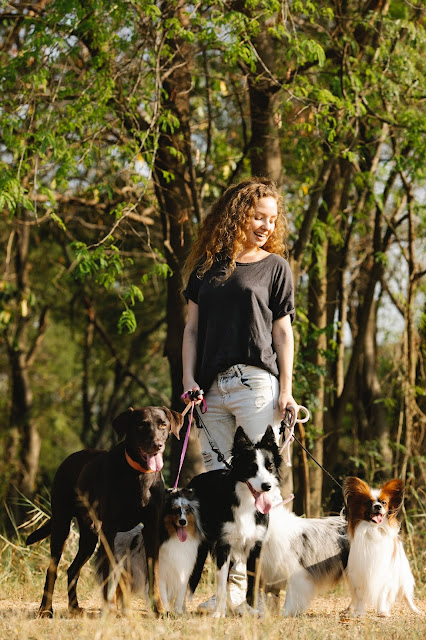What Industry Insiders Say About Domestic Animals
Everyone knows that pets are the best friends you can have, but we're all a little bit nervous about taking on these furry companions. This article will cover what industry insiders say about domestic animals like dogs and cats, and how they intersect with the economy.
Pets cost businesses millions of dollars annually—with some firms estimating it's as high as $60 billion worldwide. The good news is that pet-friendly practices are becoming increasingly common in offices across the world, which means companies can benefit from hiring more staff members or operating closer to places where people might want to bring their furry friends along for work or fun activities.
In the following article, we'll cover the many benefits of having a pet as part of your staff, and how to improve employee morale by making sure your growing team is more comfortable with its pet companions.
Considerations for Owning a Pet
There are a lot of requirements you need to be aware of before owning a pet at work. Some companies have set rules about what you can bring on site or while traveling, and some work environments are especially strict. These things can vary based on the size of your team, or in instances where there are animal-rights groups making noise about it.
If you're thinking about bringing a pet to work, you'll need to be patient and very aware of what is required in your particular company. Organizations that allow pets usually have more relaxed rules for owners, while those that don't allow them may have strict policies on property and how the animals are cared for.
 |
| What Industry Insiders Say About Domestic Animals - domesticanimalsandtheirlives.blogspot.com |
Cats vs. Dogs
Most organizations are much more accepting of animals like cats than dogs, and you can expect to find your firm might be more lenient with cats than dogs. This is because many businesses are much more concerned about corporate reputation due to their public image, whereas they aren't as worried with a human's well-being than a dog's because it can't hurt anyone else. The same is true for those who might be afraid of dogs due to previous experiences with them—and even just being around a dog can allay this fear.
Working with More People
Businesses that have pet-friendly offices usually see more people coming in. This goes both ways—not only does it attract new employees who would like to bring their pets to work, but it also makes current employees happy about the open policy. This means that there will be a lot more interaction between people and their pets, which can lead to more productivity in the office environment. This is because these animals can help improve employee morale and also help people get along better while they're at work.
14 Features What Industry Insiders Say About Domestic Animals
Domestic animals, including cats and dogs, are among the most popular pets for families. Pets provide love, companionship, and an outlet for your emotions. However, studies show that there are also a number of risks associated with caring for domestic animals. This section of this article explores some of these risks and looks at what industry insiders have to say about what they believe is the best way to care for them."
It's never easy taking care of an animal at home. There are many potential risks like homesickness and demeaning behavior from pets that require special attention to keep your pets happy and healthy in their new home.
However, you should know that some risks are universal to all pets. Risks include the following:
1. High risk of injury (Dog)
2. High risk of injury (Cat)
3. High risk of injury (Bird)
4. High risk of injury (Fish)
5. Risk of genetic defects in offspring due to inbreeding or lack of genetic diversity among the family's pet population.
6. High risk of injury (Hamster)
7. High risk of injury (Puppy)
8. High risk of injury (Kitten)
9. High risk of accidental poisoning or illness from exposure to toxic substances in the home, e.g., insecticide, rodent poison, antifreeze or cleaning products (Pigeons and Rabbits).
10. Risk of biting or scratching with claws; possible trauma to furniture and other household objects; socialization difficulties when new to a new home; messy accidents from chewing (e.g. dog's toys).
11. Environmental risks from conflicts with pets, e.g., cat bites and dog bites when the animal has been moved to a new environment or brought home from a long distance away at the end of hunting season.
12. High risk of complications from fleas and parasites, especially if there are young children in the home, or there is a family member who has recently been diagnosed as having an allergy to the contents of flea or parasite spray (Pigeons and Rabbits).
13. High risk of injury (Fish)
14. High risk of injury (Hamster) Combined with 14-16 above this makes for an extremely dangerous situation.


0 Comments